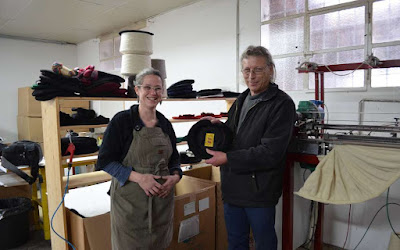Herbert Fiedler's roots lie in eastern Germany, in his native town of Leipzig and in Dresden where he attended the Royal Academy of Art.
Herbert Fiedler was already drawing and painting at the age of eleven. When he finished school, he studied at the Academy in Dresden. From the start, Fiedler's real school was drawing and painting in the open and discussions with his student friends including George Grosz. In 1912, he briefly shared a flat and studio in Berlin with the latter. They would roam the capital together, drawing the streets, strollers, citizens and prostitutes in their sketchbooks.
In 1913 Fiedler went to Paris, at the time the Mecca of art. But the First World War broke out at this promising point in his life and he had to return to Germany in a hurry. Fiedler was conscripted and returned to Berlin wounded.
The Twenties were not particularly golden years for Fiedler, and at times he kept his head above water by working for the UFA film studios.
In 1931, Fiedler returned to Paris for several months and met his future wife, the Swiss painter Amrey Balsiger. In 1934 Herbert Fiedler turned his back on fascist Germany. In the Netherlands, he had to practically start from scratch. Until 1940 he lived in the artists' village of Laren close to Amsterdam. Laren was where he first developed his own individual style.
Many of his pictures depict Amsterdam, the city where he lived from 1940 until his death in 1962.
Due to the circumstances of his life and the age he lived in, Herbert Fiedler was an extremely interesting witness to an eventful time: in Paris he experienced the heyday of the avant garde there, in Berlin the turmoil and artistic diversity of the Twenties, in the Netherlands the war years and the post-war controversy of abstract versus representational art.

















































